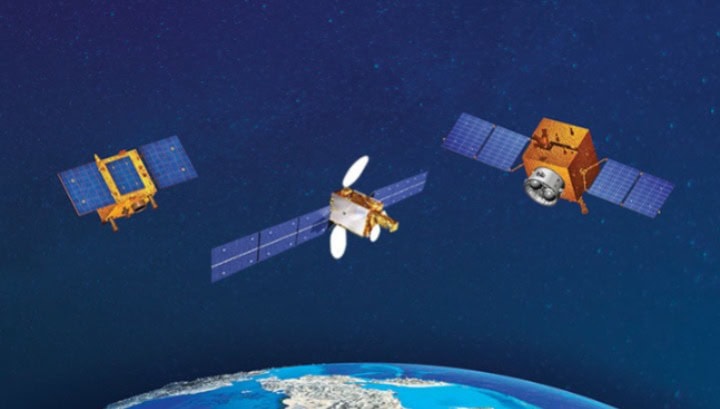ISLAMABAD – The Space and Upper Atmosphere Research Commission (SUPARCO) on Friday launchef Pakistan’s first fully indigenous Electro-Optical (EO-1) Satellite.
The historic event took place at the Jiuquan Satellite Launch Centre (JSLC) in China, symbolizing a significant leap in Pakistan’s space journey.
Designed and developed entirely by Pakistani engineers, EO-1 represents a breakthrough in the country’s space science capabilities. The satellite, equipped with cutting-edge imaging technology, is expected to provide substantial benefits across various sectors, including agriculture, environmental monitoring, urban planning, and disaster management.
“This is a historic milestone for Pakistan,” said Zain Bukhari, an expert at SUPARCO, in an interview with state-run media.
“EO-1 is equipped with a high-resolution camera that will capture detailed images of Earth, offering multiple applications. It is the first satellite fully designed and manufactured locally by SUPARCO’s engineers, demonstrating the nation’s capability to achieve self-reliance in space technology.”
The EO-1 satellite offers substantial benefits across various sectors in Pakistan. In agriculture, it will enable precision farming by monitoring crops, assessing irrigation needs, predicting yields, and supporting food security initiatives.
For urban development, the satellite will assist in tracking infrastructure growth, managing urban sprawl, and aiding city and regional planning efforts. In environmental monitoring and disaster management, it will provide timely updates on floods, landslides, earthquakes, deforestation, and land erosion.
Additionally, it will support extraction and conservation strategies for natural resources, including monitoring of minerals, oil and gas fields, glacier recession, and water resources.
The launch of the EO-1 satellite marks a momentous milestone in Pakistan’s space journey.
This achievement is set to position advanced space technology capabilities at the forefront of national progress and development, aligning with the goals of National Space Policy.









